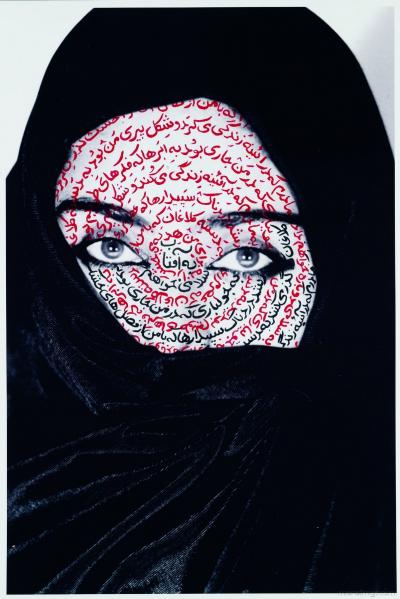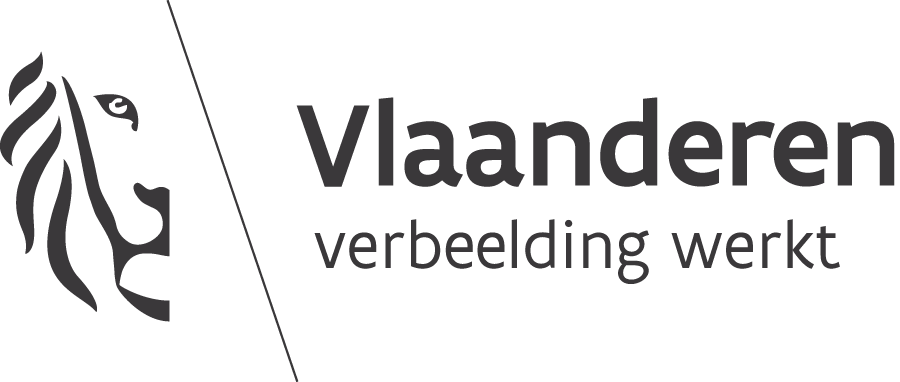Hello again Kif Kif! Great to hear some of you enjoyed my previous virtual tour that highlights a few clips on contemporary Iranian arts. It certainly is my pleasure to share some more thoughts about my experience as a foreign student visiting an art academy in Ghent. Here we go… .
Exotic gaze?
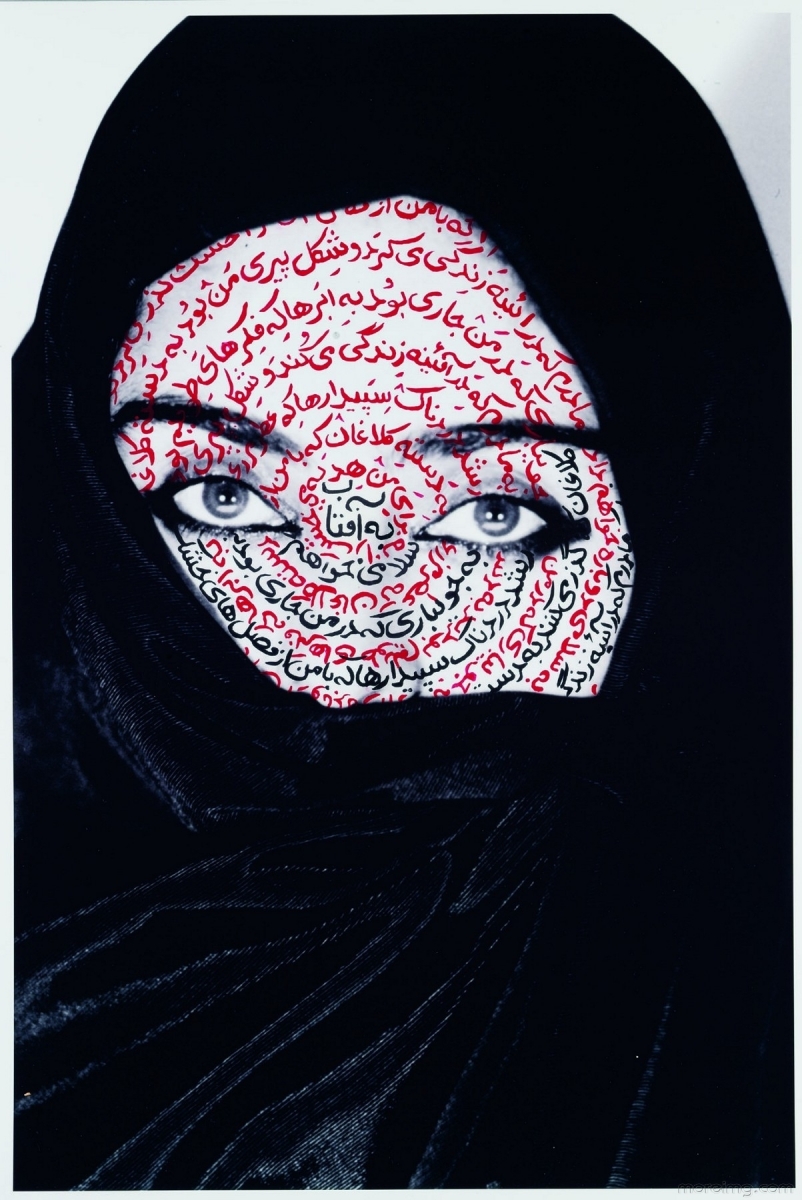
Imagine you are a young artist from Iran on its way to Europe anno 2013. Like any other young artist, your creativity emerges from self-struggle, starting from the question what it could mean today, to present yourself as an artist. Like all your fellow students from Belgium, you try to develop some new experiments of your own.
The odd thing, however, is that a lot of people expect your work to be ‘different’. Although multicultural ‘neutrality’ is a big issue in Flanders, so they told me, at least when it comes to official jobs, the opposite seems to be the case when it concerns art. Since you come from this exotic country - so the assumption goes – your esthetics must include certain such ‘traces’, no?
You know, something to do with Persian carpets, Farsi calligraphy, Islamic features, 1001 nights-thrill, pomegranates, and the like? Preferably something political as well – that is, with respect to your home country, not so much with respect to Western society - this opens many doors in Western galleries.
That’s how I learned for Iranian artists the window of opportunity was in the nineties, when multiculturalism boomed and the Western art world wanted to dispense with the stigma that contemporary art was mainly ‘white art’. All of sudden there was this disproportional strong desire for Persian, Indian, African, Arab and Asian art.
Contemporary artists from all over the world were invited to take a central stage in the overall project sometimes called globalizing art, at least for some period and under the condition that it is very ‘cultural’ and also a bit ‘critical’. That is the ‘passport’ and ‘visa’, so to speak, for foreign artists that wanted to migrate to the museums and biennales of the first world. The most famous example from my country no doubt is the impressive feminine work of Shirin Neshat.
Shirin Neshat Montage from sam neave on Vimeo.
But there are many others as well that experiment with similar features:
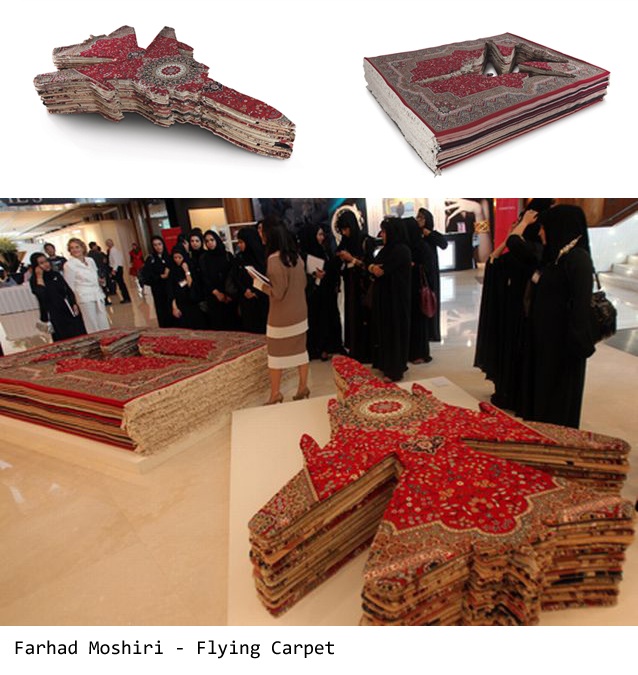
Or this one, ad-like art linking women with cars, which speaks for itself:
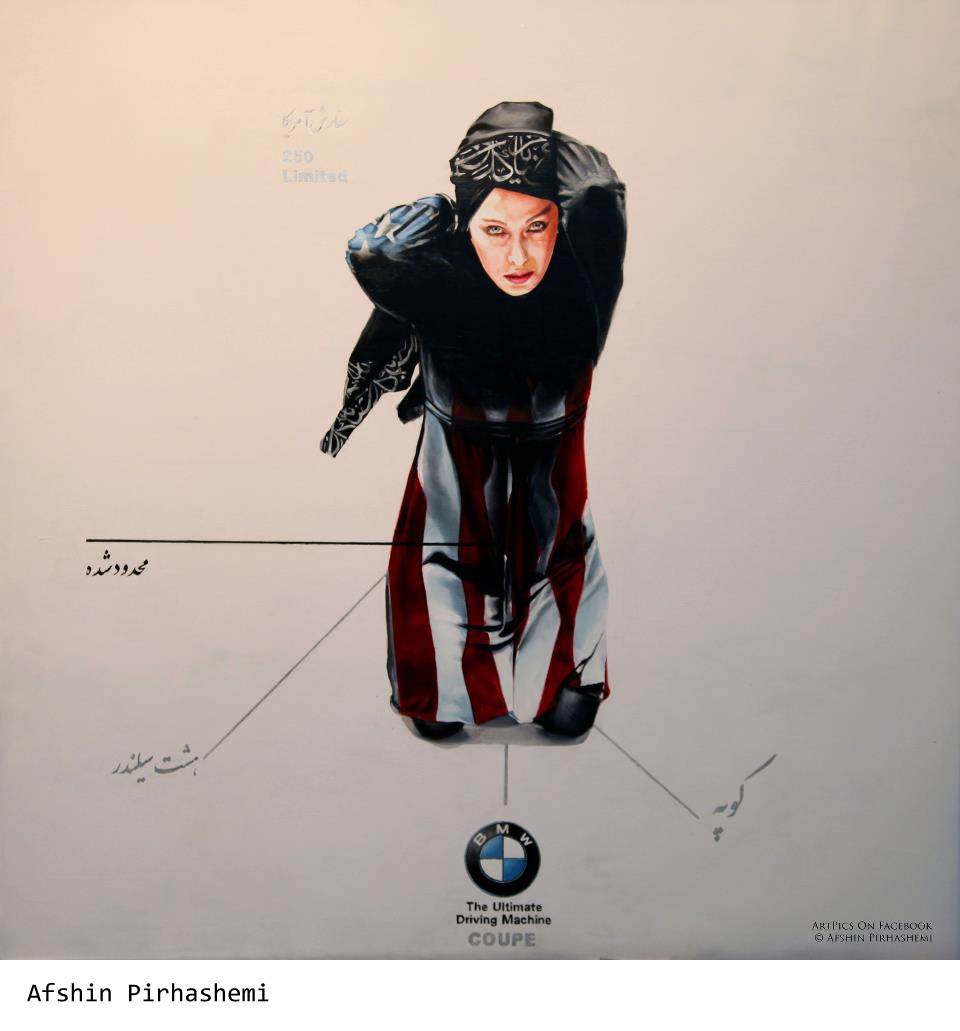
A window ajar?
Although contemporary art evolved a lot the last decade and now other artistic strategies are the new game in town (e.g. documentary works, community arts, media art), for an artist like me (.../you) from Iran, that multicultural window is still ajar. On the condition you include cultural features in an original manner of course.
But for a younger generation of artists that is well aware of the fact that an older generation already has been all over that kind of art, claiming it as their own as it were, working with ‘culture’ as a medium, gained quite a stereotypical air. Although, obviously, a lot of other beautiful work still can be made from that very same perspective, at the same time it imposes a restriction. In brief: a gentle and well-meant but insisting kind of censorship on creativity.
This brings me to an open question. Isn’t it strange that only artists from the West are (really) set free from their ethnical identity? This is something art lovers form all corners of the world should consider at least for a brief moment, I guess.
For instance, can my work still be interesting enough for you if it does not include carpets? Although, the region I come from is very famous for producing traditional carpets, will I ever be able to escape from ‘the carpet’, fly away from it?
Please take note: I’m not complaining here nor shouting about in terms of some kind of friendly and polite ‘apartheid’ or warm and arty colonialism or whatsoever. No, bear with me, this story about ‘windows’ between East and West opens an interesting point of view on the fascinating playground called ‘art’ in a globalizing world, and more specific, on how art is constituted by means of how look at it or what we tend to expect from it.
This turns this thing called art into a mirror of ourselves, of how we relate to one another and thus how we all create ‘our’ world together.
-----
Zie/lees Nima's VIRTUAL TOUR
